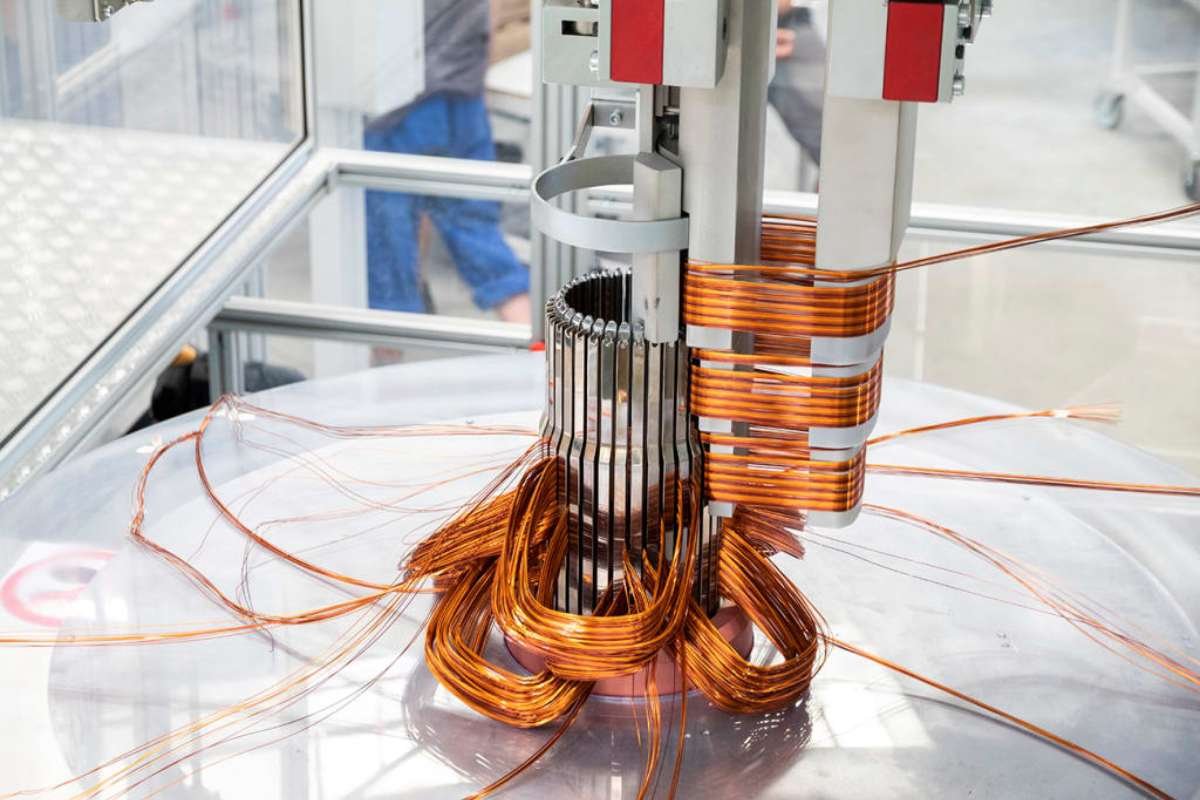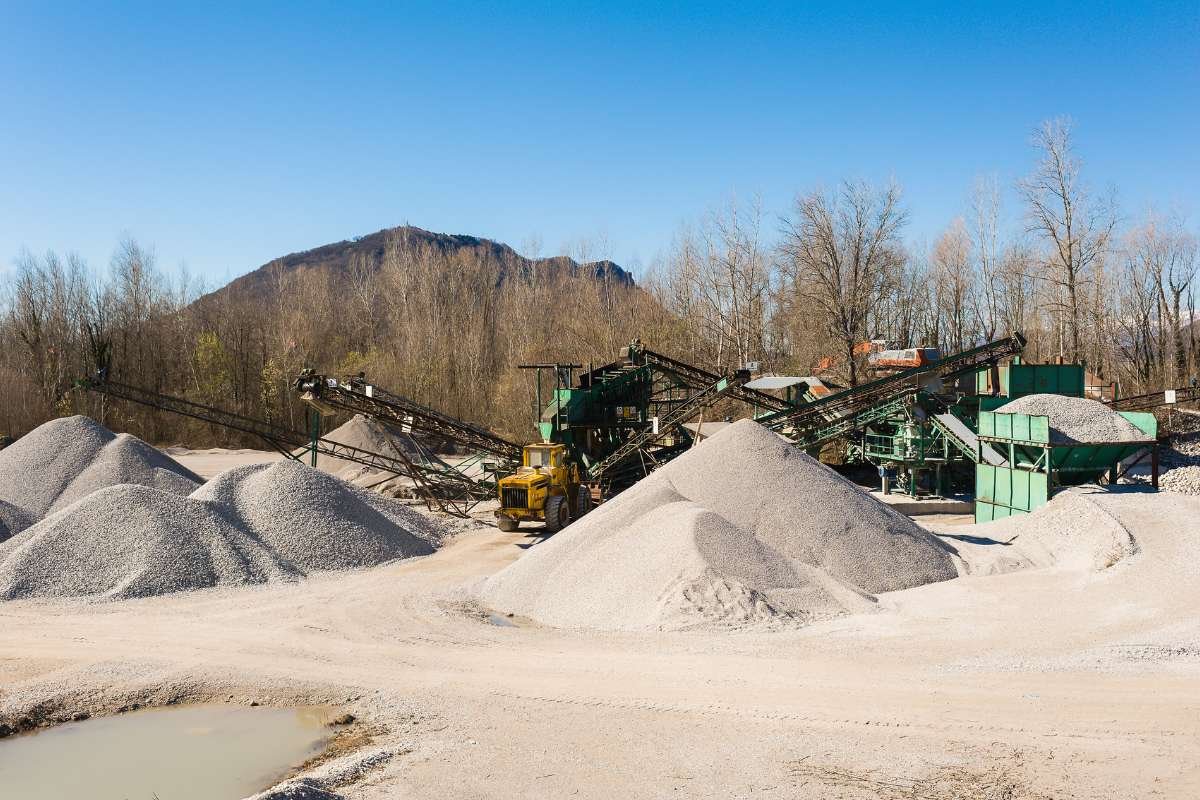You all must have come across the mesmerizing brilliant sheen that reflects from modern faucets, showerheads, or classic cars and wondered how that shine is achieved. The mix of aesthetics with functionality in these products is the magic of chrome plating. A chrome-plated finish not only enhances the beauty but also the durability of these everyday products. In this article, we will learn more about chromium plating, its process, benefits, and the impact it has on the environment.
What is Chrome Plating?
Chrome plating, also known as Chrome, is the process of applying a layer of chrome metal onto surfaces where it’s needed or wanted using electricity. It is done using a method called electroplating. Before plating, any dirt or soil is cleaned off the object and sometimes the metal surface is prepared to help the chrome stick better. Different types of metals need different preparations to roughen their surfaces before they can be chrome-plated.
Once the object is ready, an electric current is passed through the plating solution for a certain period. The plating can happen quickly or slowly, depending on how much current is used. The time needed for plating also varies based on how thick the chrome layer should be and the amount of current applied.
While chromium plating makes things look shiny and attractive, it also makes surfaces harder, helps prevent rust, and makes them easier to clean.
These are some steps used in chrome plating a part,

- Heavy dirt or grease is removed from a part which is known as degreasing.
- The part of a surface is cleaned manually to get rid of any remaining dirt and impurities on the surface.
- Different treatments are applied based on the type of metal to make sure the chrome will stick well.
- The part is placed in the chromium plating bath and allowed to reach the right temperature.
- An electric current is applied for the right amount of time to achieve the desired thickness of the chrome layer.
Methods of Chromium Plating
Chrome plating is used for decorative and engineering purposes. It gives a product a smooth and shiny look, which is pleasing to the eyes. In engineering, chromium plating makes the surface of the metal hard, which improves its ability to resist wear, prevents galling, and enhances protection against rust and corrosion. There are two types to achieve this plating.
1. Hexavalent Chromium
It is a traditional chromium plating method mostly used for its functional benefits. But it’s also the most toxic form of chromium and can cause cancer in humans. The waste produced from the hexavalent chromium process is hazardous and needs special treatment before it can be disposed of safely.
2. Trivalent Chromium
It uses compounds like chromium sulfate or chromium chloride. This plating can be used in certain cases in place of Hexavalent Chromium for certain applications and thicknesses. Trivalent Chromium is much less toxic, which makes it a more environment-friendly option for chrome plating. However, the use and disposal of any waste from trivalent chromium are also closely regulated.
Types of Chromium Plating
Chrome plating is distinguished into a few types based on their specific uses.
1. Hard Plating
Hard Chromium plating is known for its ability to resist corrosion and wear. It is great for industrial applications and metal parts that endure tough conditions or extreme weather.
2. Thin Dense Plating

It is similar to hard chrome and shares many of its properties. Although it is thinner, it is much more durable than decorative chrome. Thin dense chromium plating is often used in aerospace parts, medical equipment, and food service applications due to its strong resistance to wear.
3. Decorative Plating
It is known for its shiny mirror-like finish. It is commonly used for household items like faucets, light fixtures, and decorative car parts.
How long does Chromium Plating Last?
The lifespan of chromium plating depends on several factors, like how much wear it experiences, how well it is maintained, and the environmental conditions it faces. With proper care, chrome-plated surfaces can last for many years, even decades, while still providing protection and a shiny look. The chrome-plated parts that are subjected to harsh conditions can wear out faster than those that are not exposed to much wear.
Benefits of Chromium Plating
- It has excellent properties for reducing friction and increasing hardness. This makes it ideal for parts that move and come into contact with each other. It helps protect against wear and tear caused by friction, which can extend the life of the equipment.
- Chromium naturally creates a protective oxide layer that shields the underlying material from moisture, chemicals, and salt. This makes chrome plating a popular choice for parts that are often exposed to the environment.
- Chrome-plated surfaces are easy to clean. You can remove fingerprints, dirt, and other grime with just mild soap and water. The smooth, non-porous surface of chrome also makes it resistant to stains.
- All types of chromium plating create a smooth and attractive finish. Though hard and thin dense plating finishes are less shiny, they offer a sleek satin look that lasts longer.
- The chrome plating layer acts as a protective shield, helping parts withstand tough conditions.
- It helps fix imperfections and restore the look of refurbished parts.

Problems of Traditional Chromium Plating
While there are many benefits of chrome plating, its challenges and environmental concerns can’t be overlooked.
Traditional plating has serious risks because it involves harmful heavy metals. It contains chemicals like lead, cyanide, and cadmium that can lead to damaged organs and deadly diseases. Many chrome plating factories are located in urban areas where people have lower incomes. These factories can expose harmful byproducts to nearby residents, which may increase the cancer rate in those communities.
To battle this, these factories are required to treat their wastewater before it is released and the byproducts be disposed of carefully following strict safety guidelines.
Some alternatives for traditional hard chromium plating are,
- Thermal Spray Coating
- Physical Vapor Deposition (PVD) Coatings
- Electroless Nickel Coatings
Chrome plating adds a touch of shine and sleek finish to many products that attract our eye along with improving its functionality. It has been in use for decades but it does come with its own challenges. There are various alternatives that are less toxic than chrome. If you want to opt for chromium plating for your products, consult a professional, as it is a complex process.


















